App Icon Design: A Guide to Creating Eye-Catching Icons
Welcome to the ever-evolving world of app icon design, where the tiniest canvas holds the power to make a monumental impact on users. In today's digitally-driven environment, an app icon is no longer just an aesthetic afterthought; it's the visual ambassador of your brand, carrying the potential to propel your app to dizzying heights of success or relegate it to the forgotten corners of app stores. With millions of apps vying for users' attention, the stakes have never been higher to create an icon that's not just eye-catching but downright irresistible.
In this comprehensive guide, we'll delve into the art and science of crafting app icons that captivate and engage, helping you to unlock the secrets behind the designs that have made their mark on the digital landscape. Whether you're a seasoned designer or a passionate newcomer, our step-by-step approach will equip you with the tools, techniques, and insights to leave an indelible impression on users and elevate your app to icon status. So, let's embark on this exciting journey together and learn how to turn your app icon into a shining beacon amidst the sea of digital noise.
Table of Contents
Understanding the Importance of App Icons
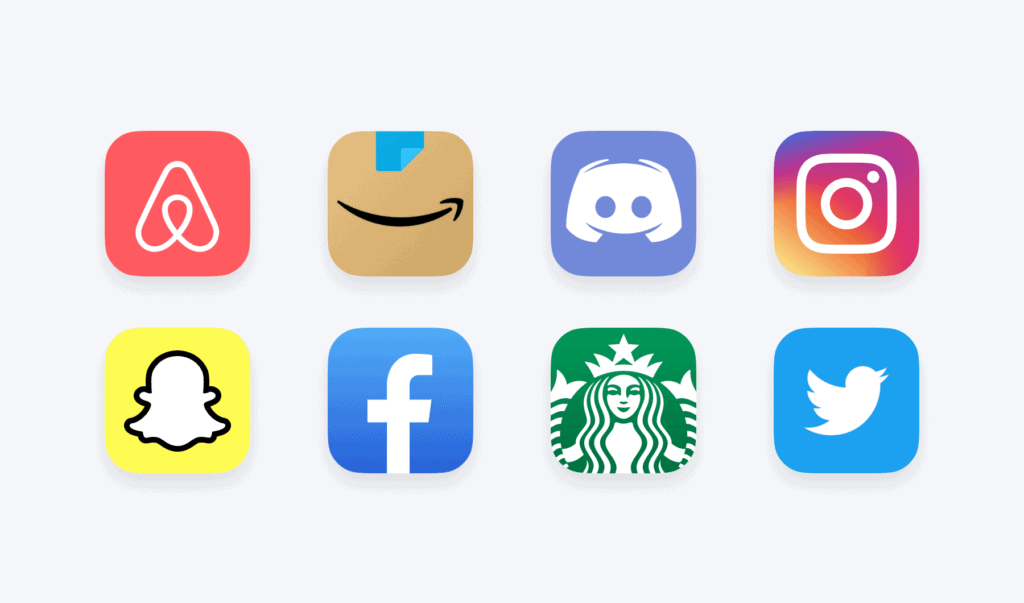
Millions of apps are vying for a user's attention in today's crowded app market. With so many options, users need a way to quickly identify apps that are relevant to their needs, and app icons play a crucial role in this process. A well-designed app icon can communicate your app's purpose and personality, making users more likely to download and engage with your app.
Studies have shown that users tend to decide on an app within seconds, and a significant part of that decision is based on the app icon. One study found that 52% of users say that a well-designed icon can make them more likely to engage with an app.
With this in mind, it's clear that app icon design should not be an afterthought. Instead, it should be a crucial part of the app development process, and designers should spend time and effort creating an icon that reflects the app's unique selling points.
Principles of Effective App Icon Design
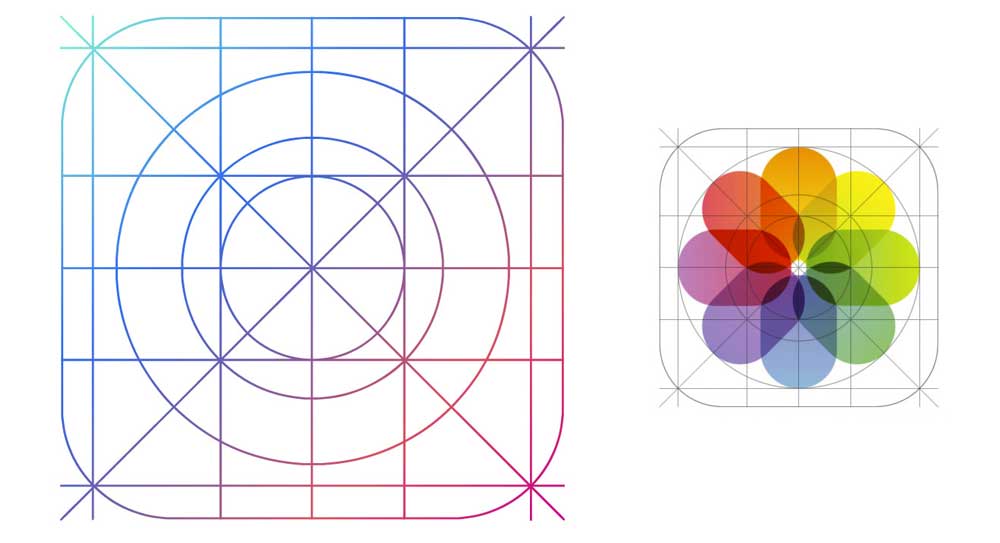
When creating an influential app icon, there are several principles to remember. These include:
1 – Keep it Simple
When it comes to designing an app icon, simplicity is vital. A well-designed icon should be visually striking and easy to understand at a glance. This is important because users often make quick decisions about downloading or using an app based on its icon.
To achieve simplicity, avoid using too many colours or complicated designs. A cluttered or confusing icon can turn potential users off and lead to low download rates. Instead, focus on creating a clean, straightforward design representing the app's purpose and functionality.
In addition to simplicity, it's essential to consider the context in which the icon will be displayed. App icons are often small and displayed alongside many others, so it's crucial to create an icon that stands out and is easily recognisable among its competitors.
2 – Use Colour Wisely
Colour is one of the most critical elements when designing an app icon. Colour can convey meaning and emotion and can even influence user behaviour. A well-chosen colour scheme can reinforce your app's message and create a solid visual identity.
When selecting colours for your app icon, it's essential to consider the emotions and personality traits that you want to evoke. Consider your app's brand personality and target audience when choosing colours. For example, if your app is designed to promote relaxation or meditation, use calming colours such as blue or green. These colours are often associated with serenity and tranquillity and can help convey your app's mood.
Similarly, if your app is designed for children, use bright, playful colours such as yellow or pink. These colours are associated with happiness and playfulness and can help to appeal to younger users.
It's also important to consider the cultural associations of different colours. For example, in many Western cultures, red is associated with danger or warning, while in many Eastern cultures, it is associated with luck and happiness. Research the cultural connotations of different colours to avoid unintentionally sending the wrong message with your app icon.
When choosing a colour scheme for your app icon, consider using complementary colours that work well together. This helps create a visually appealing design that catches the eye of potential users.
3 – Make it Memorable
Creating a memorable and distinctive app icon is crucial for grabbing the attention of potential users and encouraging them to download your app. A well-designed icon can help your app stand out among other apps available in app stores.
To achieve this, consider using unique shapes or symbols relevant to your app's purpose. A distinctive shape or symbol can make your app easily recognisable and memorable. For example, if your app is related to fitness or exercise, consider using a silhouette of a person running or lifting weights as a symbol.
It's important to avoid using generic icons or clichéd images, as these are unlikely to make your app stand out. For example, a generic idea of a shopping cart for an e-commerce app is unlikely to be memorable or distinctive. Instead, consider using a unique symbol or shape that represents your app's purpose creatively and interestingly.
In addition to unique shapes or symbols, consider using bold colours or typography to make your app icon stand out. A robust colour scheme or distinctive typography can make your app instantly recognisable and memorable.

4 – Use Typography Effectively
Typography is crucial for written content and plays a significant role in designing app icons, especially in creating a memorable logo. A well-designed icon with the right typography can convey your brand message and make your app stand out in the app store.
When selecting a font for your app icon, it is essential to consider the readability of the text. A font that is easy to read will ensure that your app icon is recognisable and easily distinguishable from other icons. Moreover, the font should align with your app's brand personality and values. For instance, if your app is about meditation or yoga, choose a more calm and serene font, while a gaming app might benefit from a bold and playful font.
Custom typography can add a unique touch to your app icon and make it more distinctive. Creating a custom font for your app icon is an excellent opportunity to showcase your brand's creativity and style. It also makes your icon more memorable, making it easier for users to recall your app.
However, it is essential to remember that custom typography can be tricky. A font that is too elaborate or difficult to read can create confusion and negatively impact your app's visibility and user experience. Therefore, it is crucial to balance creativity and functionality when designing custom typography for your app icon.
5 – Test and Iterate
Designing an app icon is not a one-time task; it requires testing and iteration to ensure it effectively communicates your brand's message to users. Testing and gathering feedback are essential steps in the design process, which can help you refine your design and create an icon that resonates with your target audience.
One effective way to test your app icon design is to show it to potential users and gather their feedback. This feedback can provide insights into how users perceive your icon and what changes you can make to improve its effectiveness. You can conduct user testing through surveys, focus groups, or by sharing your icon with a small group of users and gathering their feedback through online platforms or in-person interviews.
When gathering feedback, it is essential to ask specific questions to help you identify improvement areas. For example, you can ask users what they think your app does based on the icon, what emotions it evokes, and whether they find it appealing and memorable. Additionally, it is vital to consider feedback from a diverse group of users to ensure that your icon design resonates with a broad audience.
After gathering feedback, it's time to iterate your design and improve based on user insights. This process may involve changing the icon's colour, typography, imagery, or overall design. It is crucial to keep your brand's core message in mind while making these changes and ensure that your icon is consistent with your app's user interface and overall brand image.
Tips for Creating an Eye-Catching App Icon
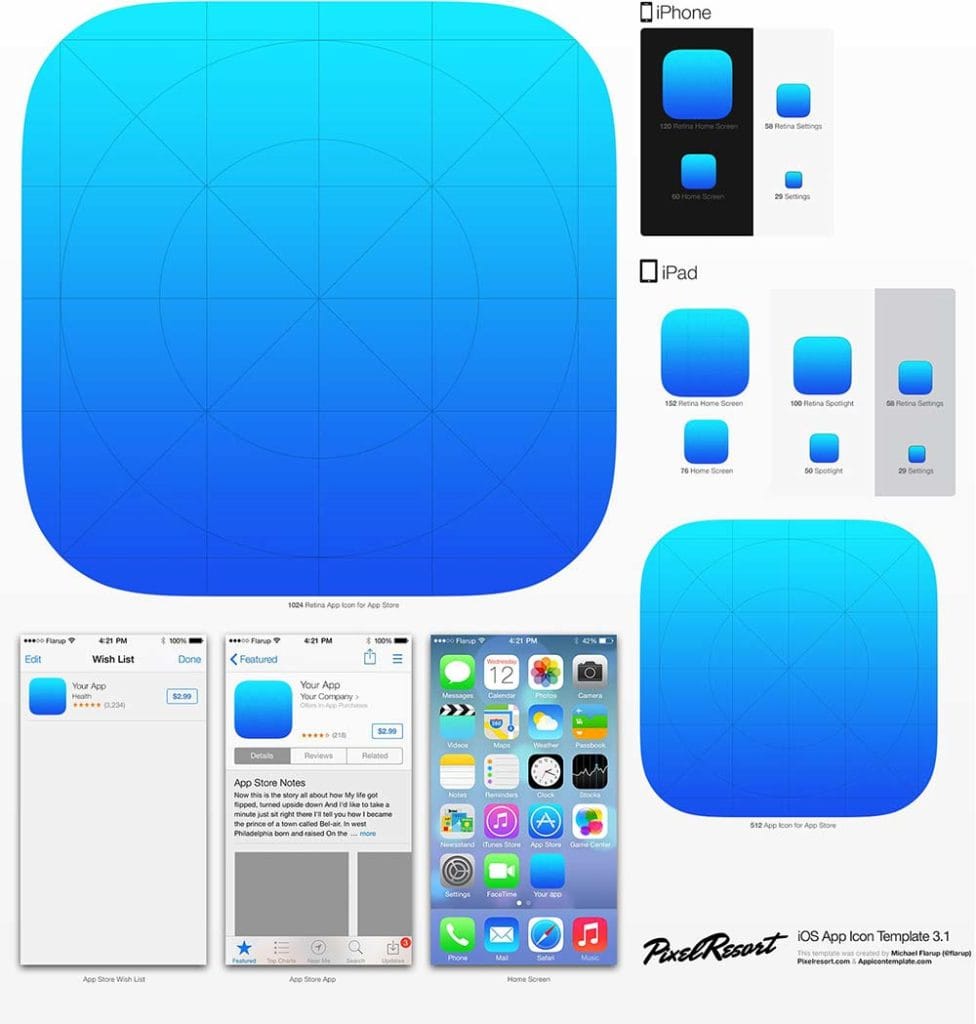
In addition to the above principles, several tips can help you create an eye-catching and effective app icon. These include:
1 – Research The Competition
When creating an app icon, it's essential to consider how it will compare to the icons of your competitors. Understanding what your competitors are doing and how their app icons are designed can provide valuable insight into how you can differentiate and improve your app icon to stand out from the crowd.
By monitoring your competitors' app icons, you can find inspiration for unique designs and identify opportunities to differentiate your app from theirs. Your goal should highlight a specific value that makes your app icon unique and appealing to potential users.
Consider a customer's perspective and what they would look for in an app icon. What sets your app apart from competitors, and how can you reflect this in your icon? For example, if your app offers a unique feature or functionality that your competitors do not, consider highlighting this in your app icon design.
While drawing inspiration from your competitors is essential, avoiding copying their app icons or designs is also crucial. Creating a unique app icon that accurately represents your brand identity is critical to standing out in the crowded app marketplace.
Moreover, remember that your app icon should be easily recognisable and memorable. Avoid clutter or too much text, making the icon look confusing and less appealing to potential users. Instead, focus on creating a simple, clean design that captures the essence of your app and brand.
2 – Keep it Consistent
Your app's icon serves as your brand's face, representing its identity and values. It is often the first point of contact between your app and its users, so making a great first impression is essential. Your app icon should align with your brand identity, including the colour palette, typography, and visual style.
Creating a consistent and cohesive look and feel across your app's branding and icon design will help your users quickly identify your brand across different platforms. Consistency is vital to building brand recognition, and having a well-designed app icon that accurately reflects your brand identity can increase brand loyalty and help attract new users.
Incorporating elements of your brand's visual identity, such as your logo or signature colour, into your app icon can enhance its recognisability. However, it's vital to balance incorporating brand elements and creating a unique, memorable icon that stands out in a crowded app store.
2 – Consider Platform-Specific Guidelines
Designing an app icon is not just about creating a visually appealing design that accurately represents your brand. Different app stores and platforms have specific guidelines for app icon design that must be followed to ensure your icon is displayed correctly and looks good across all devices.
For instance, Apple's App Store has strict requirements for app icons, including size, shape, and resolution. The icon must be a square with a minimum size of 1024×1024 pixels and easily recognisable at smaller sizes. Google Play, on the other hand, recommends a 512×512-pixel icon that is also easily recognisable at smaller sizes.
To ensure your app icon looks good on all platforms, familiarising yourself with the specific guidelines for each app store or platform is essential. This can include requirements for the shape and size of the icon, colour palettes, and image resolutions. Ignoring these guidelines can result in your app icon being rejected or displayed poorly on specific devices, negatively impacting your app's reputation and user experience.

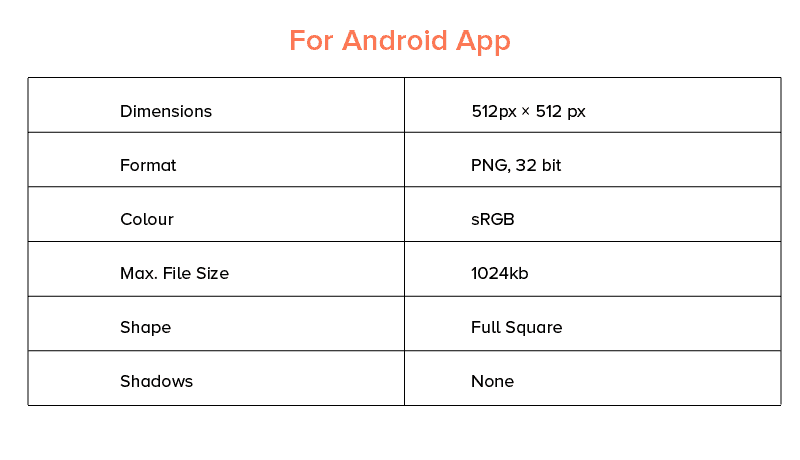
3 – Think About Scale
One of the most critical aspects of designing an app icon is ensuring that it looks good and is easily recognisable across various sizes and contexts. Your app icon will be displayed in multiple places, such as on the user's home screen, app store, notification bar, and more. Thus, creating an icon that is legible and visually appealing in all sizes is essential.
To achieve this, you need to consider the different contexts in which your app icon will be displayed and create different versions accordingly. For example, an icon that looks good on the user's home screen may be less effective when displayed on a smaller notification or in the app store. Therefore, you may need to create different versions of your app icon; each optimised for a specific context.
When designing your app icon, consider the various sizes it will be displayed in, and ensure that it is easily recognisable and legible in all of them. An excellent way to test this is by viewing your app icon on different devices and screen sizes to see how it appears in various contexts.
Moreover, consider using different colour schemes or visual elements for different versions of your app icon. This can help distinguish the icon in different contexts while maintaining brand consistency. For instance, you may use a simplified version of your app icon for notifications to ensure that it's easily recognisable in a smaller size.
4 – A/B Test Different Versions
Submitting an app to Apple's App Store is a significant milestone in the development process, and it's crucial to ensure that the app icon is well-designed and effectively represents the app's brand identity. Creating multiple variations of your app icon and testing them with users ahead of time can help you make an informed decision and avoid potential pitfalls.
One way to test your app icon is to use a tool like UsabilityHub's Five Second Test or Pickfu to gather user feedback. These tools allow you to show different variations of your app icon to users for a short period, usually five seconds, and ask them to provide their immediate reactions. This feedback can help you identify which icon is the most effective in capturing users' attention and accurately representing your app's brand.
It's essential to avoid testing your app icon in the app store itself, as it can be risky. The app store's algorithm relies heavily on the volume of app downloads to gauge your success, and if you update your app icon, it could negatively impact your downloads. In such cases, it could take up to nine days to revert to your previous app icon if the new one fails. Therefore, it's crucial to test your app icon before submitting it to the app store to ensure it's well-received by users.
Moreover, creating multiple variations of your app icon can help you decide which one to use. You can use different colour palettes, typography, or visual styles to test the most effective version. Ensure that the variations align with your brand identity and are easily recognisable.
Examples of Great App Icons
To inspire your app icon design, here are some examples of great app icons from different industries:
Instagram: The Instagram icon features a simple, colourful camera design. The modern gradient, representing a camera's lens, captures the essence of the app's focus on photography and sharing visual moments.

Airbnb: Airbnb's icon is an elegant combination of a heart, a location pin, and an uppercase ‘A.' This clever design encapsulates the core values of the platform: love, travel, and home.
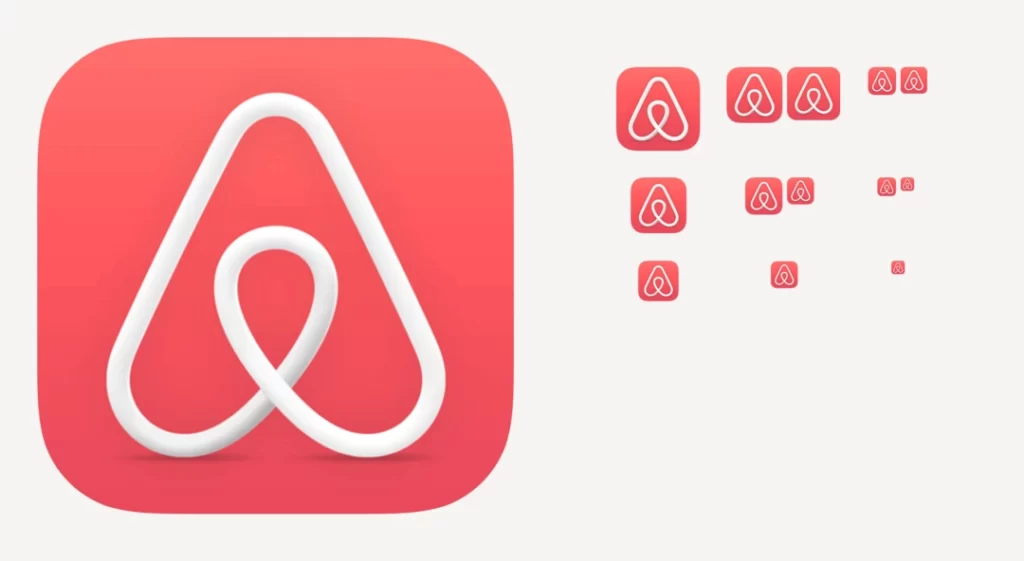
Spotify: Spotify's icon showcases a bold green background with contrasting white waves, representing sound waves. It is simple and highly recognisable, communicating the app's focus on music streaming.
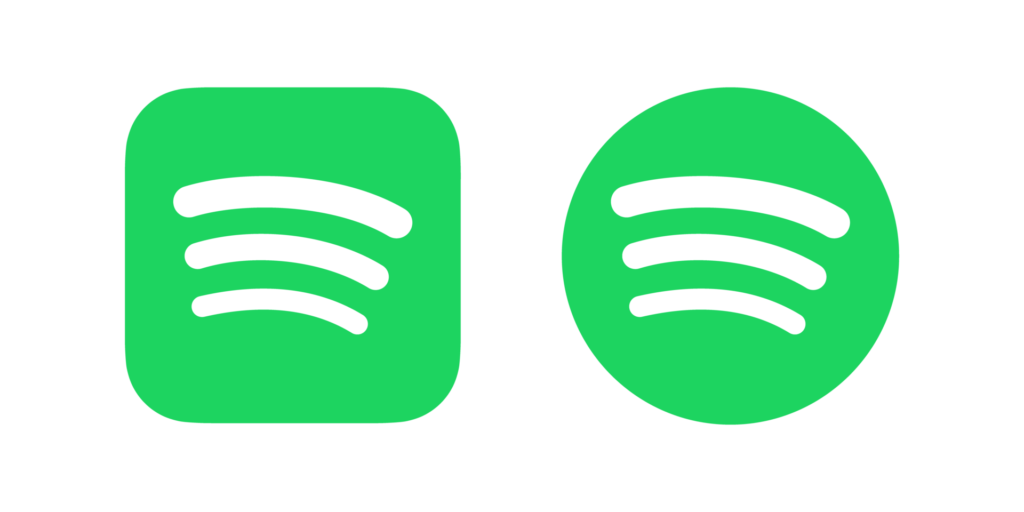
Slack: The Slack icon is a hashtag symbol comprising four colourful speech bubbles. This clever design represents the platform's core functionality: group communication and collaboration.
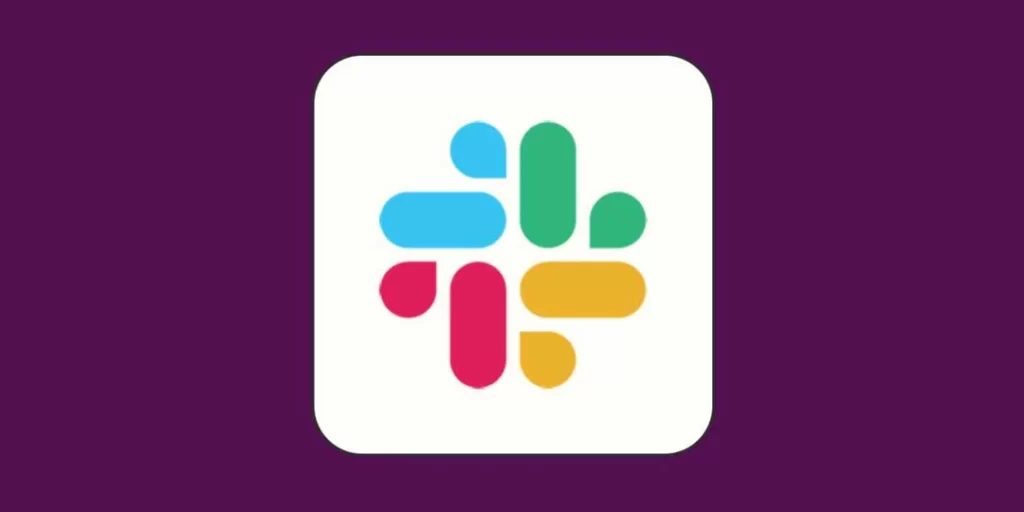
Uber: Uber's icon features a bold white logotype on a black background. The simplicity of this design allows for easy recognition and communicates the app's purpose as a ridesharing service.
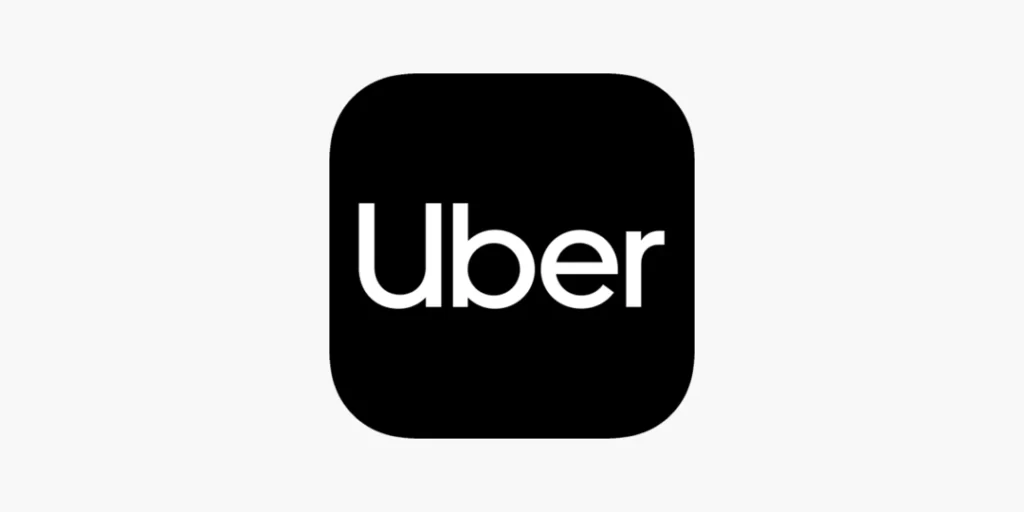
Google Maps: The Google Maps icon shows a red location pin on a folded map. This straightforward design instantly communicates the app's primary purpose: navigation and location services.
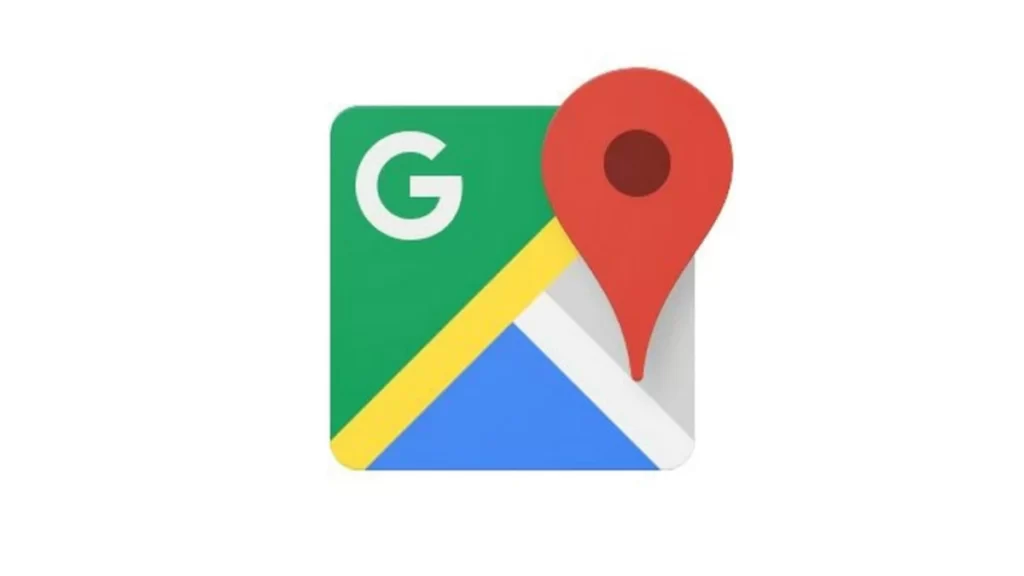
Evernote: Evernote's icon is an elephant's head with a folded ear, symbolising the app's ability to store information and help users remember things. The green colour promotes a sense of productivity and growth.

Duolingo: Duolingo's icon is the app's mascot, a charming green owl named Duo. This playful and memorable icon reflects the fun and engaging nature of the language-learning app.
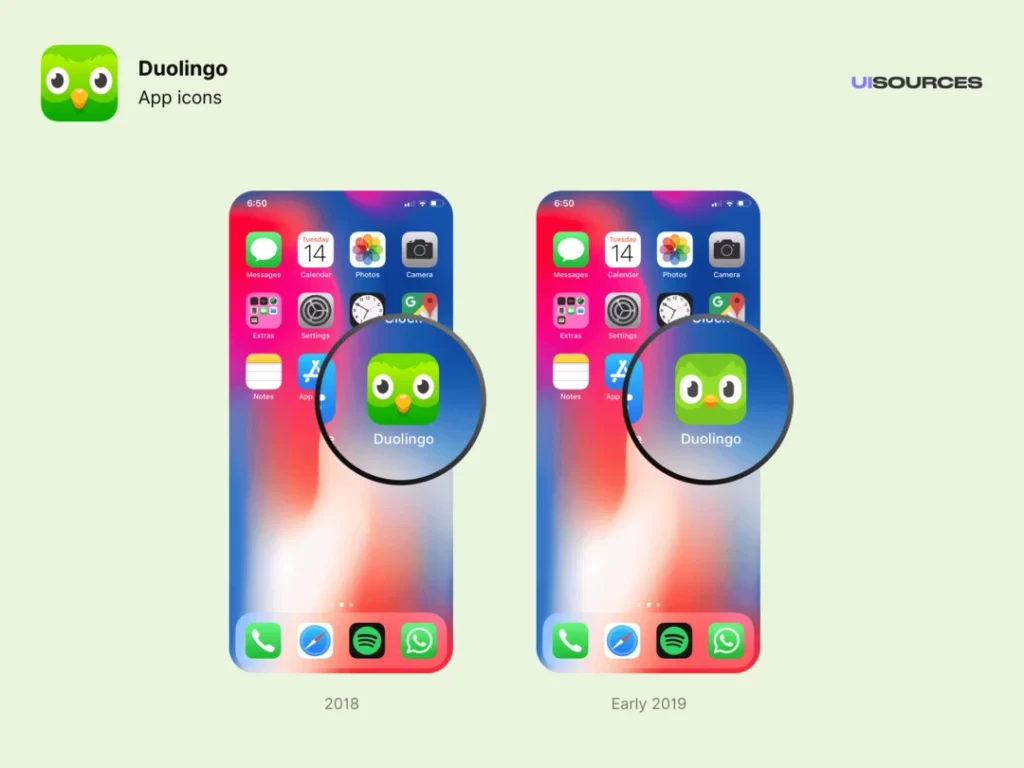
Tinder: Tinder's icon is a vibrant red with a flame, symbolising passion and the sparking of new connections. The simple, bold design is both eye-catching and easily identifiable.
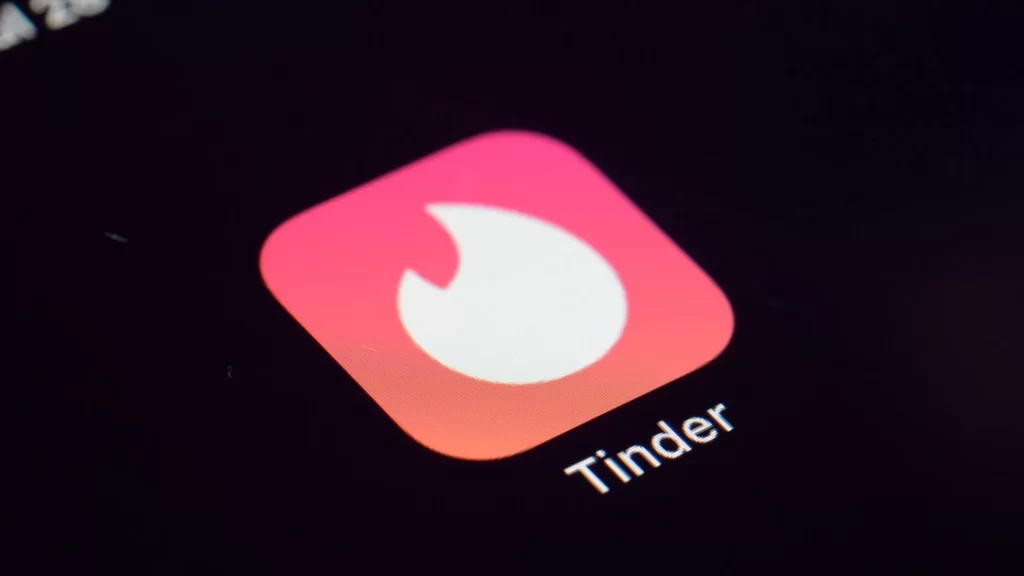
Dropbox: Dropbox's icon features a blue open box, representing storing and sharing files in a virtual space. The clean, minimal design communicates the app's focus on simplicity and organisation.

These app icons work well because they balance simplicity with visual appeal, making them easily recognisable and memorable. Additionally, they effectively communicate the app's core purpose, ensuring users understand its functionality at a glance.
Conclusion
In conclusion, app icon design is a crucial part of the app development process, and designers should spend time and effort creating an icon that reflects the app's unique selling points. By keeping principles such as simplicity, colour, memorability, typography, and iteration in mind, designers can create compelling and eye-catching app icons to help them stand out in the crowded app market. By following these tips and looking at incredible industry examples, designers can create icons that communicate their app's purpose and personality, ultimately driving more downloads and engagement.
